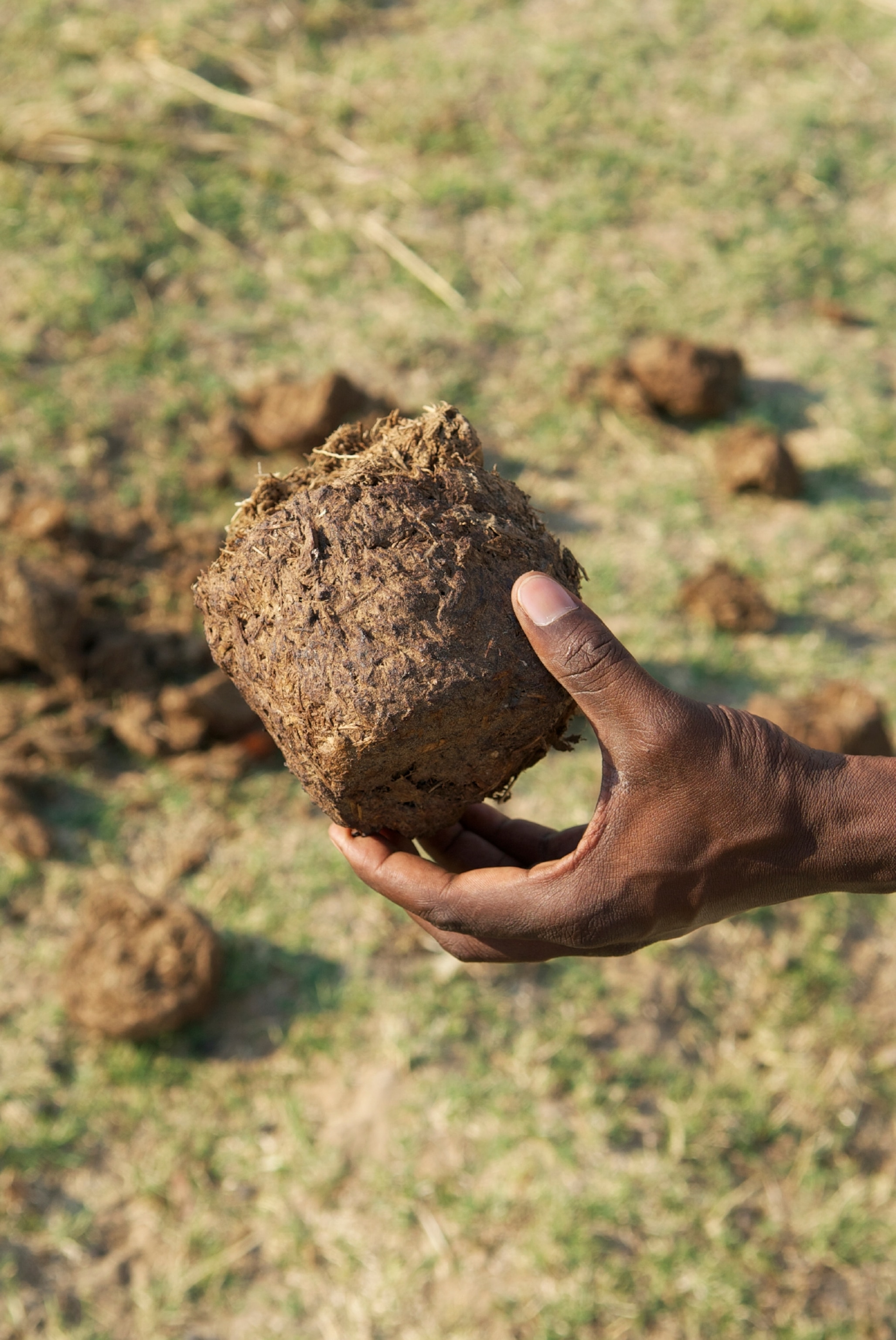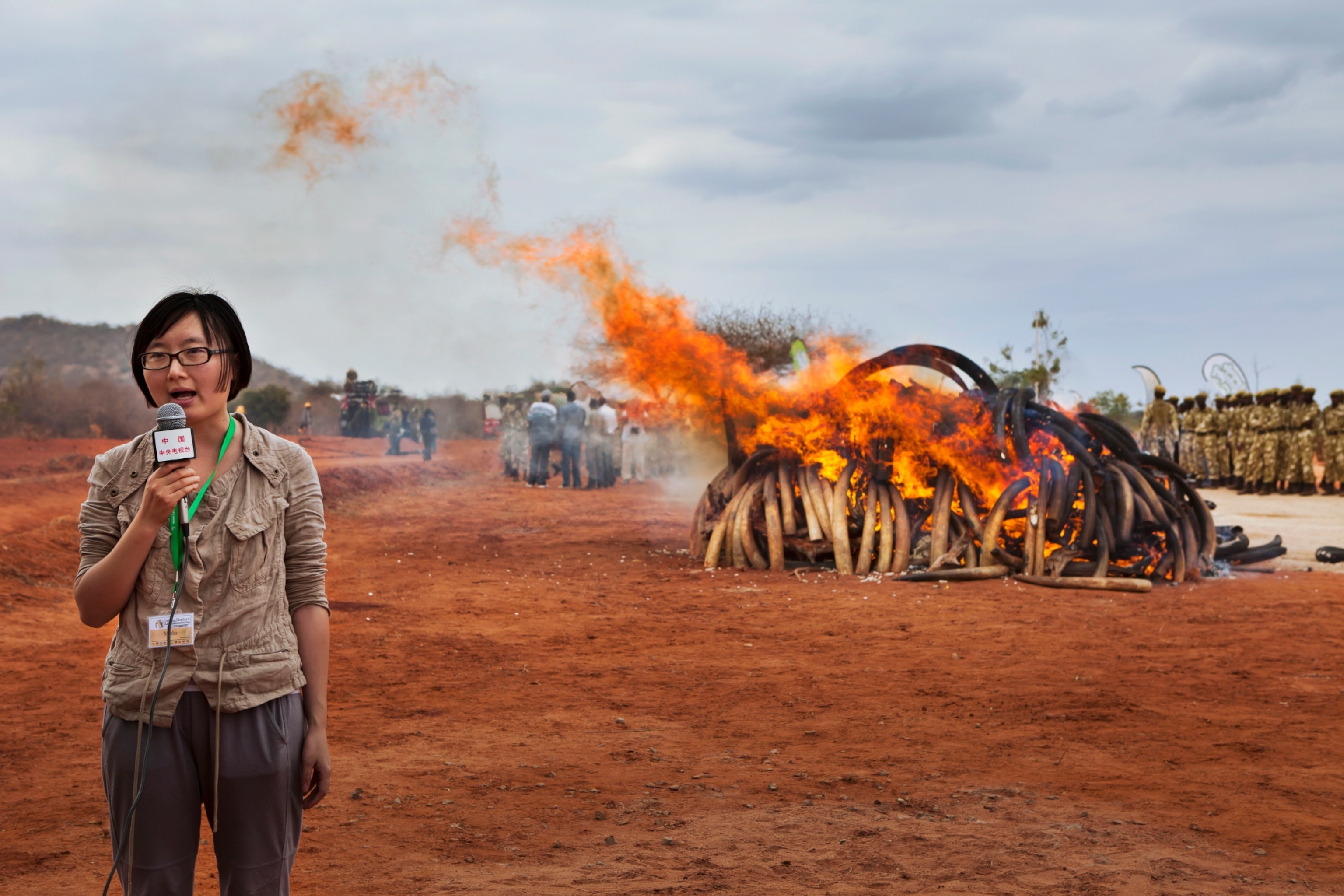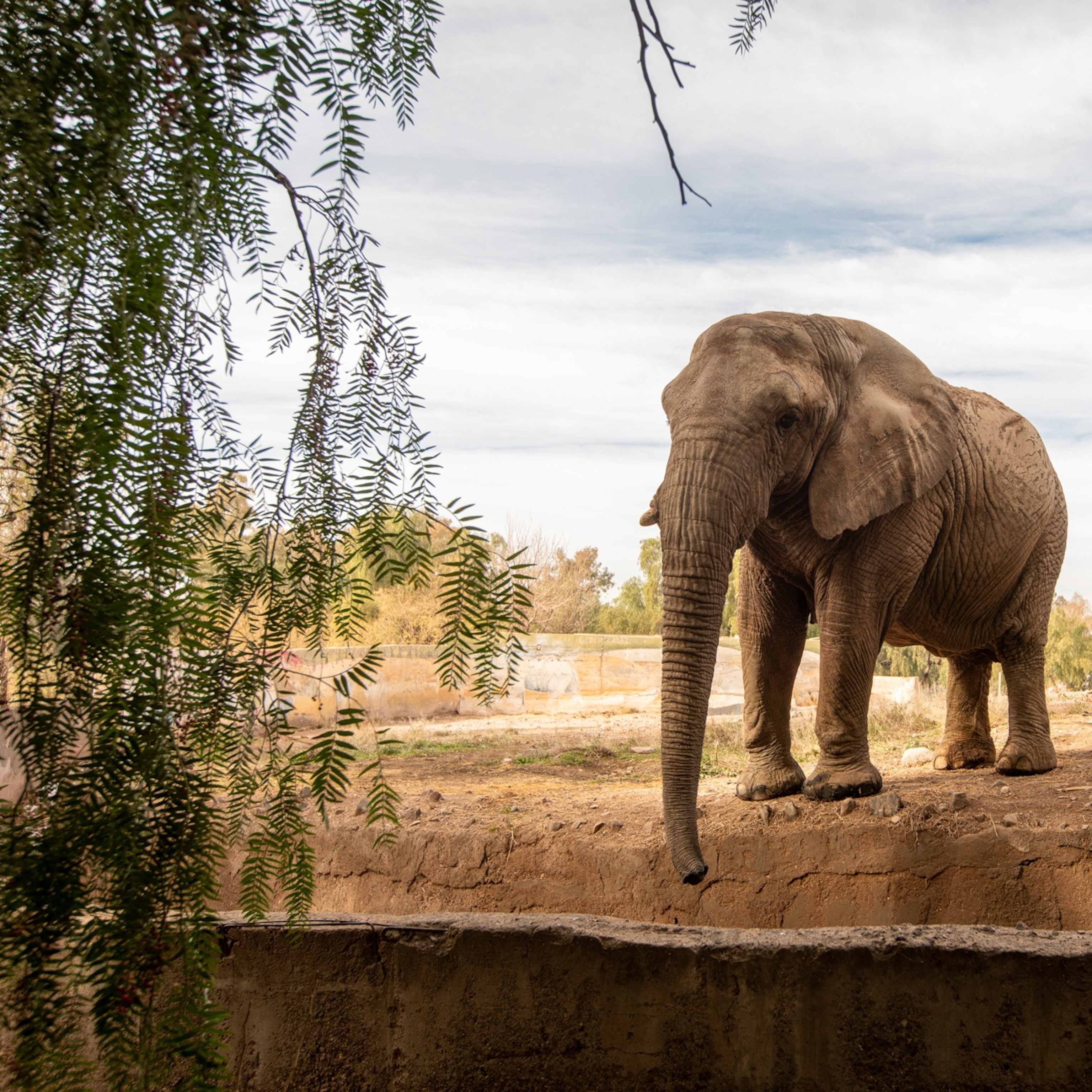Seattle — “We got poop samples from Togo!” announced Samuel Wasser, the head of the Center for Conservation Biology at the University of Washington, Seattle, carrying a battered cardboard box into his lab for analysis.
Three larger boxes also arrived that day in February, marked “OPENED FOR KENYA CUSTOMS.” Inside were masses of jumbled vials, each containing a fragment of ivory from illegal shipments of elephant tusks seized by authorities in Mombasa, Kenya.
Wasser was less interested in where the ivory had been seized than in matching DNA in the samples to that in elephant dung—detective work he’s been doing for the past 15 years in an effort to locate the main sources of smuggled ivory.
Wasser’s team reports Thursday in the journal Science that since 2006, the illegal ivory in large seizures has come mainly from elephants poached in two areas.
Most savanna elephants have been killed in southeast Tanzania and just across the border in Mozambique. (Read about how most of Tanzania's elephants are disappearing.)
Most forest elephants (the two species are as genetically distinct as lions and tigers) have been poached in what’s called the Tridom, a rain forest region in the Congo Basin near the borders of Gabon, the Democratic Republic of the Congo, and the Central African Republic. (Read about an expedition to an African rain forest that turned up more ammunition than animals.)
“If the number of hot spots are as few and concentrated as our data suggest,” the authors write, “a focus of major international law enforcement efforts on these key areas could result in significant reductions in elephant poaching.
“Targeting those areas would choke the biggest flow of contraband ivory entering the ballooning criminal networks that allow this transnational crime to operate.” Another new study, published in the Proceedings of the National Academy of Sciences, suggests that targeting key places can break up trafficking networks in the illegal trade for other kinds of wildlife too.
Targeting [hot spots] would choke the biggest flow of contraband ivory.Samuel Wasser et al, Science
Twenty five years since the global ban on ivory trading, African elephants are being poached at species-threatening rates, their tusks headed, via shifting smuggling routes, for voracious markets in Asia.
A 2014 study found that 100,000 elephants were poached in just the three previous years. In Tanzania and Mozambique, census figures show populations decreasing by 60 percent and nearly 50 percent, respectively, between 2009 and 2014.
Continuation of poaching at current rates in central Africa could drive forest elephants to extinction within a decade.

The Ivory Detectives
Each fragment of ivory in the vials that arrived in Wasser’s lab that day in February represented one dead elephant.
The pieces all came from seizures in Kilindi, a deep-water facility in Mombasa—seizures large enough that the ivory was almost certainly trafficked by organized crime networks.
The ivory could have come from anywhere in Africa. Smugglers vary routes and transit points across borders to disguise the source of the ivory and evade law enforcement authorities.
Unless rangers and anti-poaching teams stumble upon carcasses, they have little chance of identifying poaching hot spots in the vast areas where elephants roam, especially in forests, before it’s too late. “It’s a major cat-and-mouse game,” said Crawford Allan, senior director of the World Wildlife Fund’s TRAFFIC, which monitors the international wildlife trade.
Smugglers vary routes and transit points across borders to disguise the source of the ivory.
That’s what motivated Wasser’s ivory-dung DNA research. He started out by developing a network of sources in Africa, generally park rangers or conservation workers, who agreed to send him samples of elephant dung tagged by the latitude and longitude where they were found.
Wasser and his team analyzed the genotypes of 1,350 samples of dung collected from 29 countries in Africa. They plotted what they found—the unique genetic signatures of different elephant populations—on regional maps, creating a dung reference base against which they could compare the DNA signatures from the ivory.
The fragments of ivory come from tusks in large shipments seized by authorities in Kenya as well as the Philippines, Taiwan, Thailand, Malaysia, Hong Kong, Singapore, Malawi, Sri Lanka, Togo, and Uganda.
In 2013, countries that are signatories to the Convention on International Trade in Endangered Species of Wild Fauna and Flora (CITES) voted unanimously that for all ivory seizures greater than half a metric ton, samples must be sent for “origin assessment,” which for now means genetic analysis in Wasser’s lab. (Learn more about CITES and the legal animal trade.)
At this point, the scientists have been able to trace most ivory to within about 200 miles of where the elephants that grew it were poached.
As the database expands, and more samples are analyzed, the resolution will sharpen.

The Goal: Catching Criminals
TRAFFIC’s Crawford Allan thinks the work of Wasser’s lab will be a game-changer.
“You’ve got a lot of poachers out there over a massive area—very hard to detect and to determine who’s involved,” he said. “But when it comes down to the trafficking, it all bottlenecks down to a few kingpins and the people who work for them.”
This court-admissible DNA evidence can help investigators work out routes and “hone in on where the major consolidation centers are.”
Trafficking all bottlenecks down to a few kingpins and the people who work for them.Crawford Allan, TRAFFIC
Wasser has received support from the UN Office on Drugs and Crime and the Bureau of International Law Enforcement Affairs of the State Department, as well as INTERPOL.
Last June, a report from the lab helped convict Emile N’Bouke (aka “Le Patron”) of trafficking ivory in Togo. N’Bouke claimed that his large stockpile was a gift from the government of Chad, harvested before the 1990 global ivory ban went into effect.
But isotope analysis showed it was newer than that, and Wasser’s DNA evidence pointed to it having originated not in Chad but most likely in the Tridom area.
N’Bouke was found guilty and sentenced to two years in prison—the maximum under Togolese law.
Meanwhile, researchers in the United Kingdom are using DNA from the bone and tissue of dead elephants to create genetic profiles that can be compared to blood-stained clothing or seized ivory. The researchers are working with the government of Gabon to investigate elephant deaths in the country’s national parks.
“The fact that we get these convictions in Africa based on DNA and isotope is fantastic,” Wasser said, squinting at a thin chip of tusk with its genetic secrets locked inside.
A photo of a herd of elephants hangs over his lab counter, a reminder that the bits of ivory in all those plastic vials once belonged to living families.








